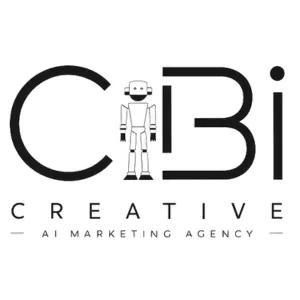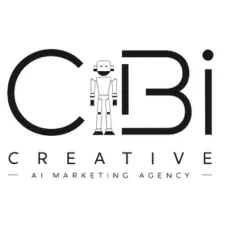AI Tips, Traps and Tidbits
A collection of PDFs containing tips on using AI. Written for business coaches, consultants and SMBs interested in AI and no-code/low-code/vibe-code app builders.
Loading PDFs...
Guides
The Power of Early Validation
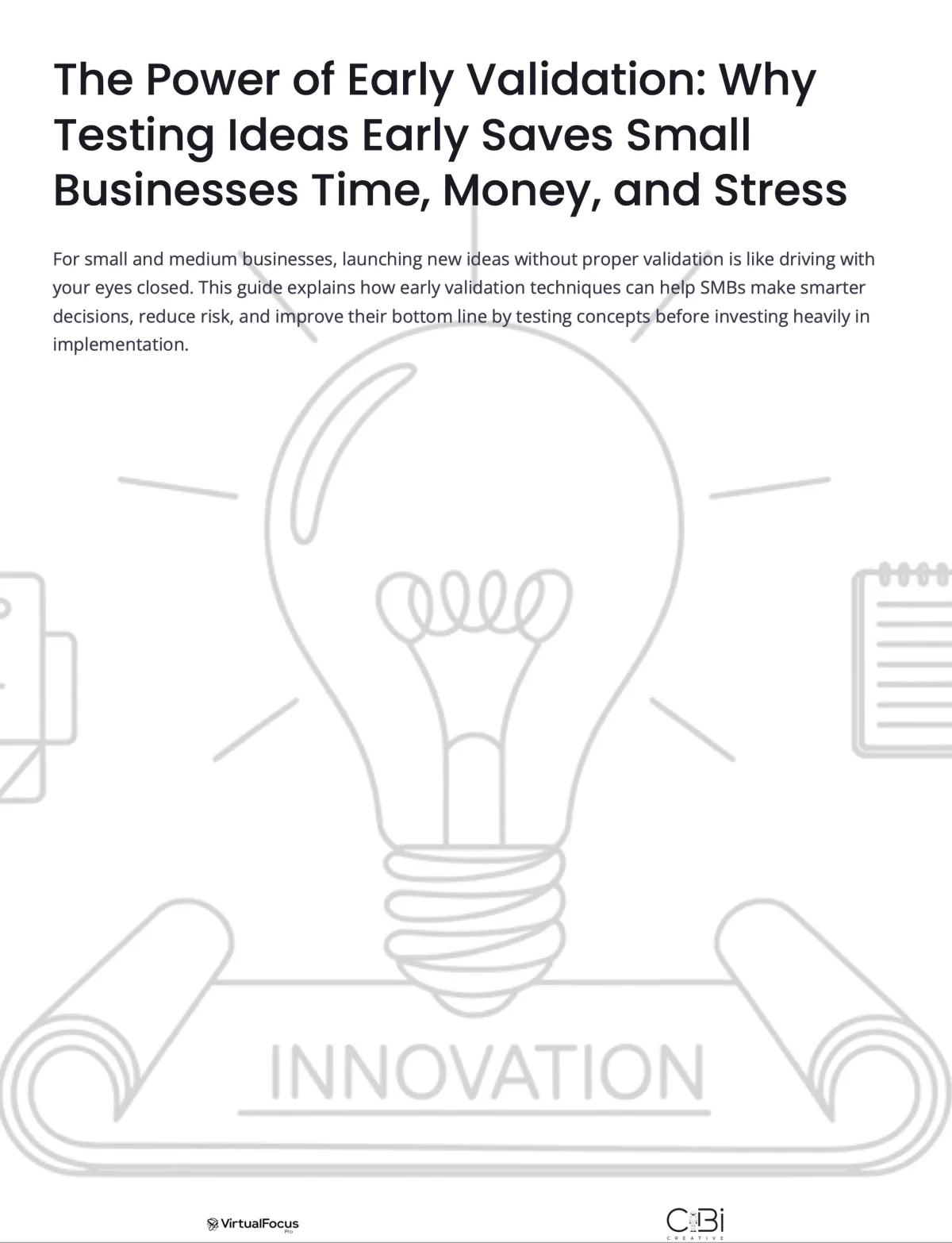
Prompt Engineering Basics
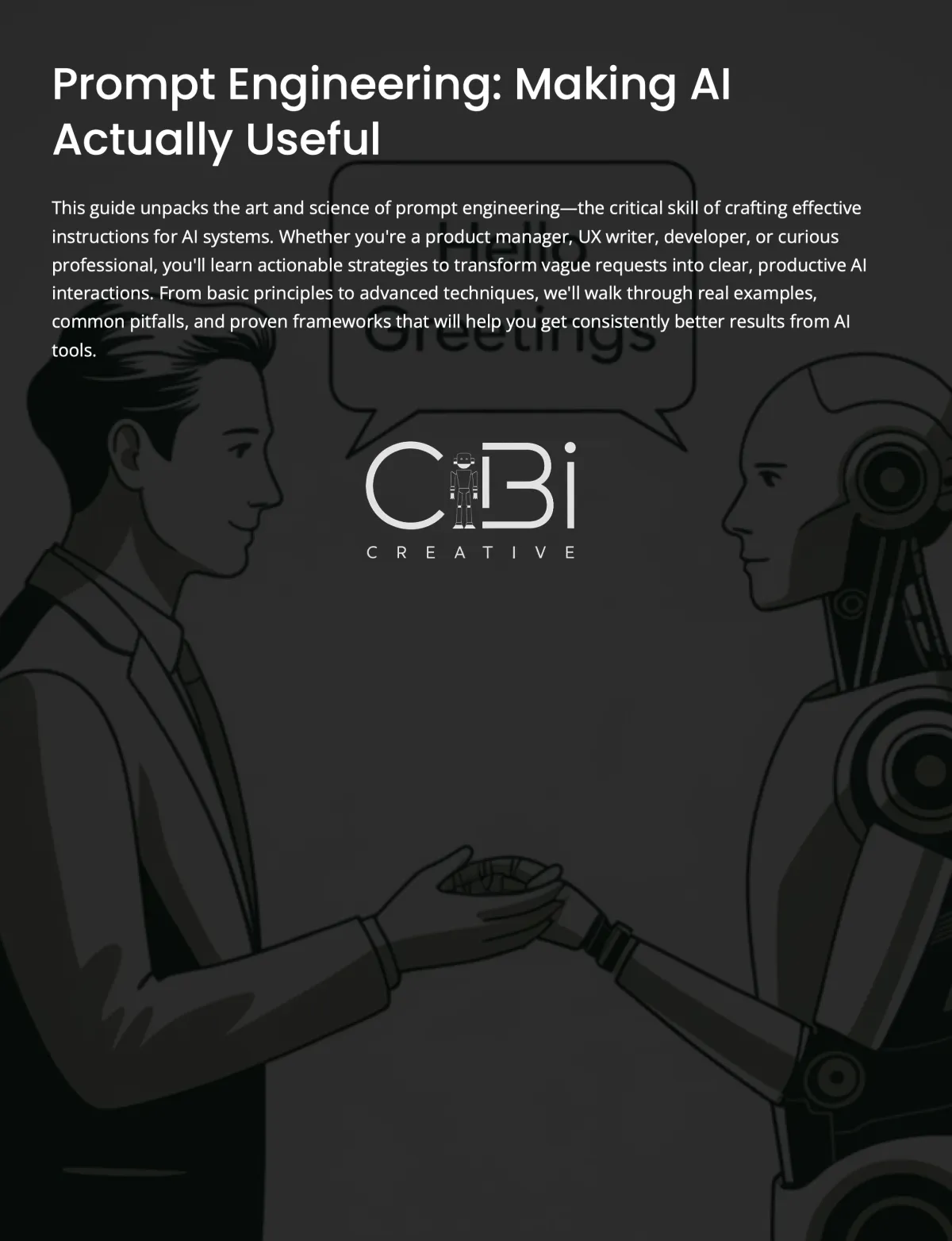
Plan First Guide to
No-code App Building
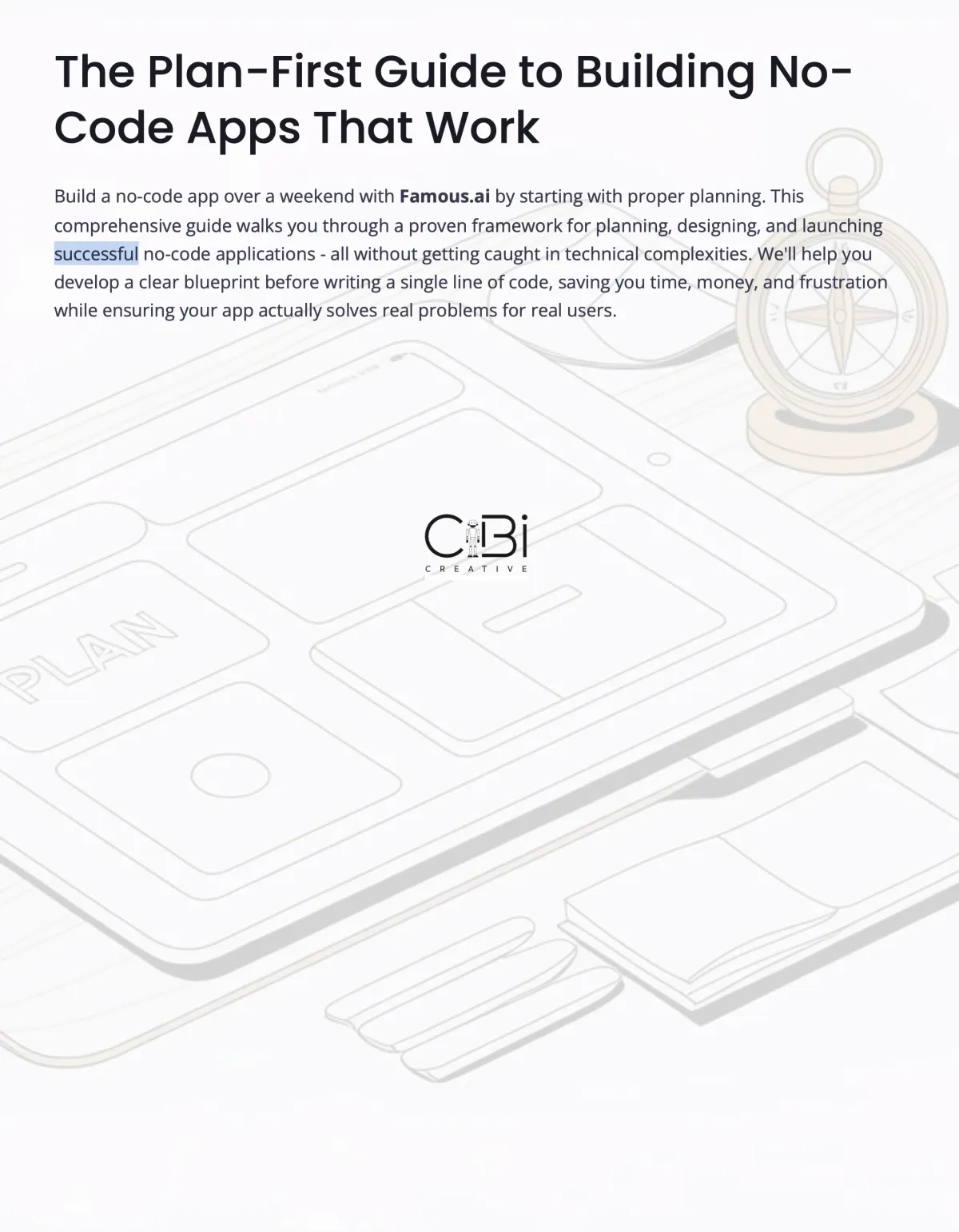
MVP App Platform Guide
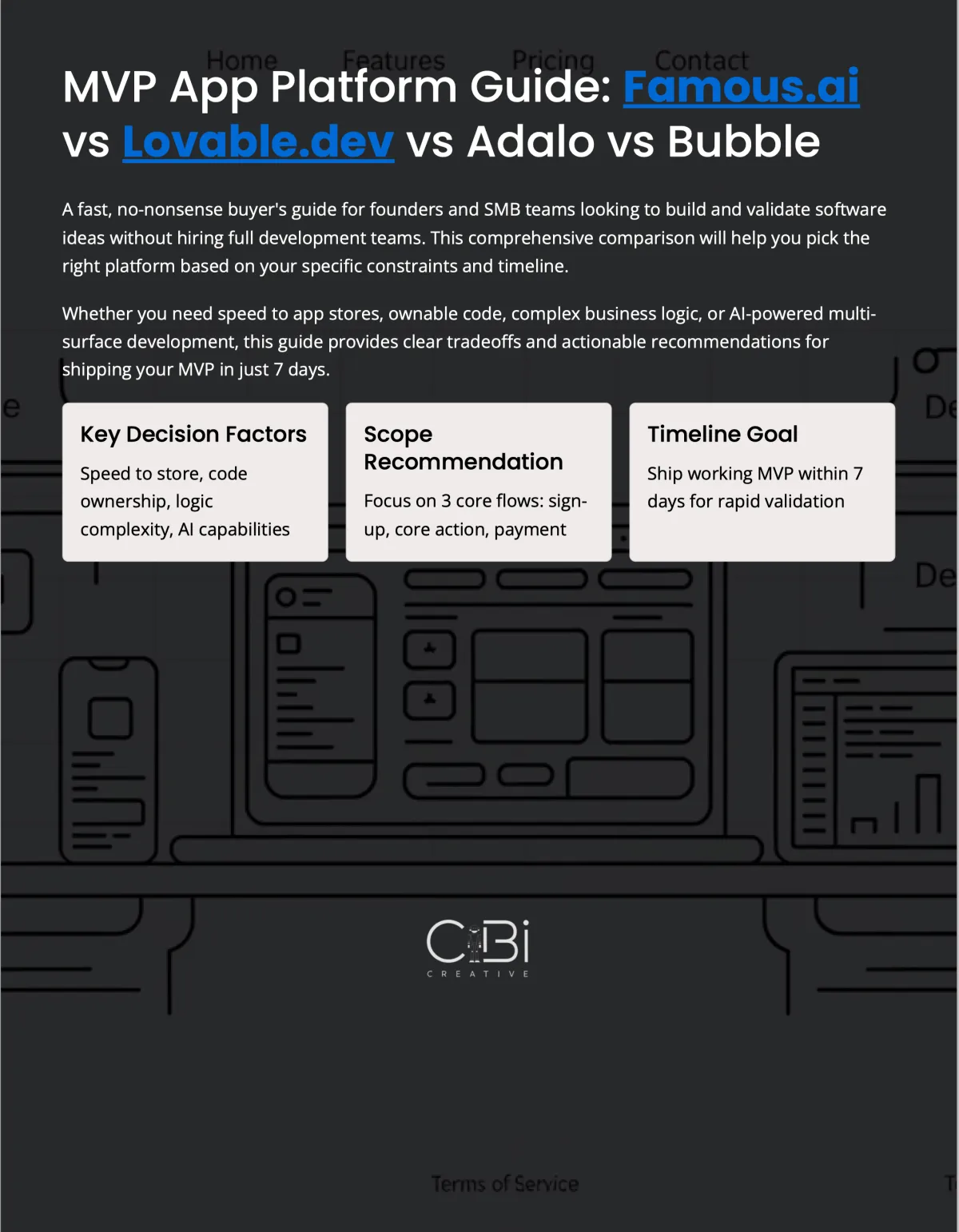
Blogs

Beyond the Hype: Building Your AI Foundation, One Smart System at a Time
Beyond the Hype: Building Your AI Foundation, One Smart System at a Time
As a small business owner, operations manager, or solopreneur, your time is your most precious asset. I know you're constantly balancing growth with the daily grind, and the 'AI revolution' probably feels like another thing to add to an already overflowing plate. You're hearing about AI everywhere, but cutting through the noise to find what's genuinely useful – and profitable – for your business can feel impossible. That's where I come in. My goal isn't to sell you on the latest shiny AI tool, but to help you strategically integrate practical, ROI-driven technology that genuinely improves your operations. We're talking about building robust systems, not just chasing trends. This isn't about replacing people; it's about empowering them to do more meaningful work by automating the mundane. Today, we're focusing on the foundational steps – the low-cost, high-impact AI tools that can start delivering real value almost immediately, without requiring a tech overhaul. We'll also touch on how to thoughtfully integrate AI into existing workflows, always with an eye on that crucial 3x return on investment and a protective framework to help you avoid common pitfalls.
Which statement best describes your current approach to operational processes?
A. Most of our processes are 'in our heads' or inconsistently followed. We react more than we plan.
B. We have some documented processes, but they're not always up-to-date or consistently used by everyone.
C. We have well-documented, standardized processes for most key operations, and we regularly review and optimize them.
Solutions by Implementation Level
Your Foundational AI Assistant: Smart Content & Brainstorming
AI Literacy
Before you automate everything, you need to understand the fundamental capabilities of generative AI. A general-purpose AI assistant like ChatGPT isn't just for tech gurus; it's a powerful co-pilot for daily tasks. Think of it as an incredibly fast, always-available intern who can draft emails, brainstorm marketing ideas, summarize lengthy documents, or even help you structure a new process. The key is learning how to 'prompt' it effectively, treating it as a tool that extends your own thinking, rather than a magic box.
Timeline: 2-4 hours for initial setup and experimentation, ongoing 1-2 hours/week for skill development.
Cost; $20/month for a premium subscription (e.g., ChatGPT Plus).
ROI: Saves 5-10 hours/month on content drafting, research, and brainstorming. At an average loaded cost of $30/hour, this is $150-$300/month in savings, yielding a 7.5x to 15x ROI.
Failure Rate:15% might give up due to poor prompting or unrealistic expectations. 5% might over-rely and face 'hallucination' issues.
Action Steps:
Sign up for a premium general AI assistant (e.g., ChatGPT Plus).
Start with simple tasks: 'Draft an email announcing a new product feature,' or 'Brainstorm 10 blog post ideas about [your industry].'
Experiment with 'role-playing' prompts: 'Act as a marketing strategist for a small business, and give me a social media plan for next week.'
Dedicate 30 minutes daily for the first week to explore different use cases relevant to your business (e.g., summarizing market research, drafting job descriptions, outlining training materials).
Recommended Tools:
ChatGPT Plus$20/month
Protective Warning:AI assistants can 'hallucinate' – generating false information with high confidence. ALWAYS fact-check critical information, especially numbers, dates, and legal/financial advice. Never use AI-generated content verbatim for external communication without human review and editing to ensure accuracy, brand voice, and compliance.
Smart Meeting Summaries: Reclaim Your Post-Meeting Time
AI Literacy
Meetings are essential, but the time spent taking notes, summarizing, and assigning action items often eats into productive work. AI-powered meeting assistants can transcribe conversations in real-time, identify key discussion points, summarize decisions, and even suggest action items. This isn't about replacing human interaction; it's about making your meetings more efficient and ensuring everyone leaves with clarity, freeing up valuable time for execution.
Timeline: 1-2 hours for setup and integration with your calendar/meeting software. 1 hour of training for your team.
Cost: $10-$30/month per user, depending on features (many offer free tiers for limited use).
ROI: If your team has 5 hours of meetings/week and saves 30 minutes/meeting on note-taking and follow-up, that's 2.5 hours/week saved. For a team of 3, that's 7.5 hours/week, or 30 hours/month. At $30/hour, that's $900/month savings, yielding a 10x-30x ROI.
Failure Rate: 10% might struggle with audio quality issues or find the summaries not perfectly aligned with their specific needs. Requires clear meeting etiquette for best results.
Action Steps:
Choose a meeting transcription tool and sign up for a trial or free tier.
Connect it to your preferred meeting platform (Zoom, Google Meet, Microsoft Teams).
Test it on internal meetings first, ensuring all participants are aware it's being used.
Review the generated summaries and action items, providing feedback to the tool (if applicable) and adjusting your meeting flow to leverage its capabilities.
Recommended Tools:
Free (basic), Paid tiers available
Free (basic), $10-$30/month (pro/business)
Protective Warning:Always obtain consent from all participants before recording or transcribing meetings, especially in different jurisdictions where consent laws vary. Be mindful of sensitive information discussed in meetings; ensure the tool's security and privacy policies align with your business requirements and compliance standards.
Rapid Marketing Content Generation: From Blank Page to Draft
AI Literacy
Creating consistent, engaging marketing content is a perpetual challenge for small businesses. AI can significantly accelerate the initial stages of content creation, helping you overcome writer's block and produce drafts much faster. This isn't about letting AI write your entire marketing strategy, but about using it to generate ideas, craft social media captions, write blog post outlines, or even draft email sequences. It allows your human team to focus on strategy, brand voice refinement, and authentic connection, rather than staring at a blank screen.
Timeline: 1-3 hours to integrate into your content workflow, 1 hour/week for consistent use and refinement.
Cost: Often bundled with general AI assistants, or $20-$50/month for specialized tools.
ROI: Saves 8-15 hours/month on initial content drafting and idea generation. At $30/hour, that's $240-$450/month in savings, yielding a 4x to 15x ROI.
Failure Rate: 25% might produce generic content if prompts aren't specific enough. 15% might struggle to integrate the AI-generated drafts into their unique brand voice.
Action Steps:
Identify one specific content type you frequently create (e.g., social media posts, blog outlines, email subject lines).
Use your general AI assistant (like ChatGPT) or a marketing-specific AI tool to generate several drafts for that content type.
Critique the AI's output: What's good? What's missing? How can you refine your prompt to get closer to your ideal outcome?
Establish a 'human review' step: Always have a person edit and inject your brand's unique voice and perspective before publishing any AI-generated content.
Recommended Tools:
$20/month
Synthesia (for video concepts/scripts)
Starts at $22/month
Protective Warning:AI-generated content can be generic and lack true originality or emotional resonance. Your unique brand voice and perspective are your competitive edge. Use AI for drafts and ideas, but always infuse human creativity, empathy, and strategic thinking. Avoid letting AI dictate your entire marketing message without significant human oversight and adaptation.
Augmenting Your CRM & Productivity Suites with AI
Integration
This is where AI starts to move beyond 'literacy' into 'integration.' Instead of using standalone AI tools, you begin leveraging AI features built directly into your existing CRM (like Zoho Zia, Zendesk AI) or productivity suites (Microsoft 365, Google Workspace). This means automating data entry suggestions, smart email responses, proactive customer service insights, or even analyzing client data for trends. The benefit here is seamless integration into workflows you already use, reducing context switching and making your existing systems smarter.
Timeline: 4-8 hours for initial setup and configuration within your existing software. Ongoing adjustments as you learn.
Cost: Often included in higher-tier subscriptions of your existing software, or an add-on of $20-$100/month per user/feature.
ROI: Saves 10-20 hours/month on administrative tasks, customer service follow-ups, and data analysis. Improves customer satisfaction and sales efficiency. At $30/hour, that's $300-$600/month in savings, yielding a 3x-10x ROI, plus intangible benefits like improved customer experience.
Failure Rate: 20% might find the AI features don't perfectly align with their unique workflows, requiring process adjustments. 10% might face data quality issues if their underlying data isn't clean.
Action Steps:
Audit your current CRM or productivity suite: What AI features are already available that you're not using?
Identify one repetitive task that could be augmented by AI within that system (e.g., categorizing customer inquiries, drafting email replies based on context).
Consult your software's documentation or support for guides on enabling and configuring these AI features.
Pilot the feature with a small team or specific workflow, gathering feedback and refining its use. Remember: Systems before technology. Ensure your underlying process is clear first.
Recommended Tools:
Included in Zoho CRM plans (starting ~$14/month/user for standard plan)
Zendesk AI (within Zendesk Support)
Included in Zendesk Suite plans (starting ~$55/month/agent)
Microsoft 365 Copilot (within Microsoft 365 apps)
$30/month/user (requires Microsoft 365 Business Standard/Premium)
Protective Warning:Integrating AI into core business systems requires clean, accurate data. 'Garbage in, garbage out' applies tenfold to AI. Before enabling AI features, ensure your data hygiene is impeccable. Additionally, avoid over-automating customer interactions; human oversight and the ability to seamlessly escalate to a human agent are crucial for maintaining customer trust and satisfaction.
Real-World Example:Success
Business: A small marketing agency (10 employees) specializing in content creation.
Situation: Their content team spent 20-30% of their time on initial research, outlining, and drafting social media captions or short blog intros. This bottleneck limited their capacity to take on new clients and focus on strategic, high-value work.
Approach: Instead of investing in an expensive, complex AI writing suite, they first documented their content creation process. Then, they integrated ChatGPT Plus ($20/month per user for 5 key team members) as a 'first-draft assistant.' They trained their team on specific prompting techniques for different content types, emphasizing that the AI would provide a starting point, not a final product.
Result: Within three months, the team reduced the time spent on initial drafts and research by an average of 15 hours per person per month. This freed up 75 hours of high-value creative and strategic work across the team. At their average hourly rate of $50/hour, this translated to $3,750 in recovered productivity, for a total monthly investment of $100 in AI tools. That's a 37x ROI, enabling them to take on two new client projects without increasing headcount.
Lesson: The success wasn't just about the AI tool; it was about having a clear, documented process first, training the team effectively, and explicitly defining the AI's role as an assistant to accelerate, not replace, human creativity and strategy. They didn't just throw technology at a problem; they integrated it into an optimized system.
Systems Thinking Insight
The allure of AI is powerful, promising transformative change with a click. But for small businesses, true transformation doesn't come from the tool itself, but from how that tool integrates into a well-oiled system. Think of your business as a series of interconnected workflows – how leads are generated, how products are delivered, how customers are supported. Before you even consider an AI solution, ask yourself: 'Is this process already efficient and documented?' If your current process is a mess, AI will only help you automate the mess faster. Your first step should always be process documentation. Map out your current state, identify bottlenecks, and simplify wherever possible. Only then will you clearly see where AI can genuinely reduce friction, save time, or improve outcomes. This 'systems before technology' mindset is your most potent defense against costly, ineffective AI implementations. It ensures every dollar spent and every minute invested in AI adoption is purposeful, measurable, and contributes directly to your bottom line, rather than just adding another layer of complexity.
Quick Wins Library
Document One Repetitive Task
Pick a single task you or an employee does regularly (e.g., preparing a weekly report, sending a specific follow-up email). Document each step as if you were teaching someone new. This clarity is the first step to identifying AI automation opportunities.
Time: 30-60 minutes
Cost: Free
Impact: Create a foundation for potential automation and clarifies current inefficiencies.
Experiment with a Free AI Chatbot
Spend 30 minutes asking a free AI chatbot (like the free version of ChatGPT or Google Gemini) to perform tasks relevant to your business: 'Write 3 social media posts for [your business type] about [a specific topic].' or 'Summarize this article: [paste article text].
Time: 30-60 minutes
Cost: Free
Impact: Demystifies AI. Helps you understand its current capabilities and limitations firsthand.
Audit Your Existing Software for AI Features
Log into your CRM, project management tool, or email provider (e.g., HubSpot, Asana, Outlook, Gmail). Look for new AI-powered features that might have been quietly rolled out. Many tools are adding AI capabilities to existing workflows.
Time: 15-30 minutes
Cost: Free
Impact: Discover immediate, low-cost AI enhancements within tools you already pay for and use.
Resource of the Day
Simple Process Documentation Template
Template
A straightforward, fill-in-the-blanks template to help you document any operational process in your business. This is your essential first step before considering any automation.
COPYRIGHT © 2025 CIBI CREATIVE - ALL RIGHTS RESERVED. WEBSITE BY CIBI CREATIVE
PRIVACY POLICY - TERMS AND CONDITIONS - AI USAGE POLICY
